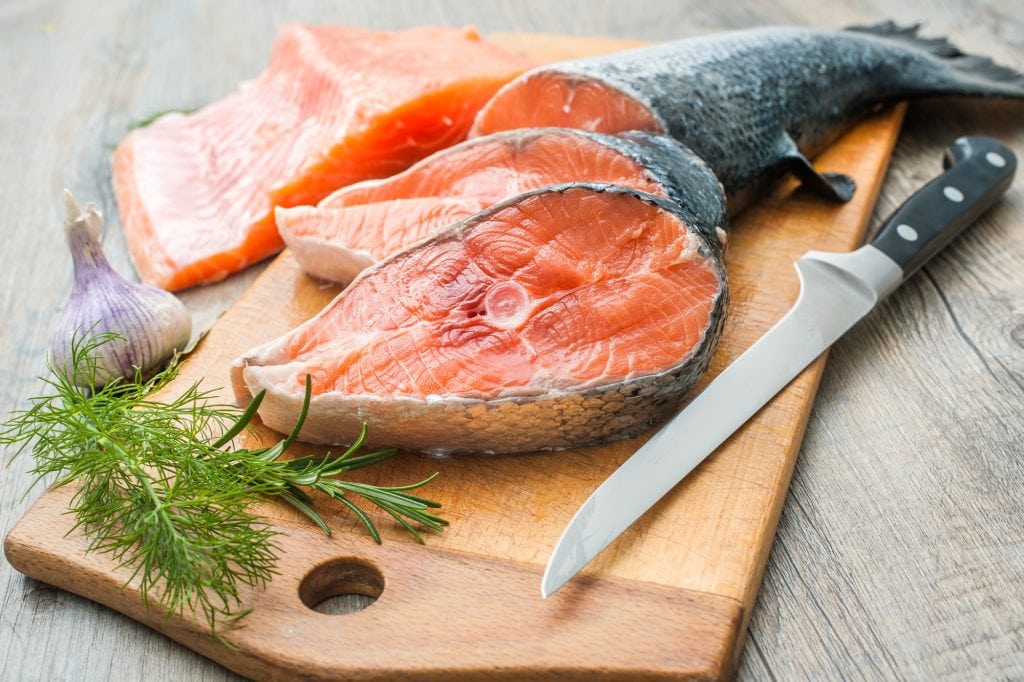When it comes to choosing flexible or stiff boning knife, many kitchen enthusiasts and professionals find themselves in a dilemma. The choice between a flexible or stiff boning knife can significantly affect the outcome of your culinary endeavors. Whether you are a home cook or a professional chef, understanding the differences can help you make an informed decision that enhances your cooking experience.

Understanding Boning Knives
A boning knife is specifically designed for removing bones from meat, poultry, and fish. Its unique shape and narrow blade allow for precision cutting, making it easier to maneuver around tight spaces and joints.
What is a Flexible Boning Knife?
A flexible boning knife is characterized by its pliable blade, which bends easily. This type of knife is ideal for delicate tasks such as filleting fish or working with poultry, where you need to glide smoothly along the bones.
What is a Stiff Boning Knife?
In contrast, a stiff boning knife features a rigid blade that offers more control and power. It is perfect for tougher meats and larger cuts, allowing you to exert more force without risking the blade bending.
Key Differences Between Flexible and Stiff Boning Knives
Both flexible and stiff boning knives have their unique advantages and are suited to different types of tasks. Understanding these differences can help you select the right tool for your needs.
Blade Flexibility
The most obvious difference lies in the blade’s flexibility. A flexible knife bends easily and is better suited for delicate tasks, while a stiff knife provides more stability and is ideal for tougher jobs.
Precision and Control
When it comes to precision, a flexible boning knife excels in tasks that require a delicate touch. Meanwhile, a stiff boning knife offers better control for cutting through thicker meats.
Task Specificity
A flexible boning knife is best for fish and poultry due to its ability to glide along bones and skin. On the other hand, a stiff boning knife is more suited for red meats and other tougher proteins.
Choosing the Right Boning Knife for Your Needs
When choosing flexible or stiff boning knife, consider the type of tasks you will most frequently encounter in your kitchen. Here are some tips to guide your decision:
Consider the Type of Meat
If you frequently work with fish or poultry, a flexible boning knife is a wise choice. For larger cuts or tougher meats, opt for a stiff boning knife.
Assess Your Skill Level
Beginners might find a flexible knife easier to handle due to its pliability, while experienced chefs may prefer the control offered by a stiff knife.
Think About Your Cooking Style
Your cooking style can also influence your choice. If you enjoy preparing intricate dishes, a flexible boning knife might be more beneficial. For straightforward and powerful cuts, a stiff knife is better suited.
Maintenance and Care for Boning Knives
Like any kitchen tool, proper maintenance of your boning knife is essential to ensure its longevity and performance.
Sharpening
Regular sharpening is crucial for maintaining the knife’s edge. Both flexible and stiff knives require routine sharpening to perform effectively.
Cleaning
Always hand wash your boning knife to prevent damage from dishwashers. Use mild detergent and dry thoroughly to avoid rust.
Storage
Store your boning knife in a knife block or sheath to protect the blade and ensure safety.
Conclusion
In conclusion, the choice between a flexible or stiff boning knife depends on your specific needs and preferences. By understanding the strengths and weaknesses of each, you can make an informed decision that complements your cooking style and enhances your culinary skills. For more insights, check out this comprehensive guide to boning knives from Shan Zu Chef.

FAQs
What is the best boning knife for beginners?
A flexible boning knife is often recommended for beginners due to its versatility and ease of use.
Can a stiff boning knife be used for fish?
While a stiff boning knife can be used for fish, a flexible knife is typically better suited for delicate filleting tasks.
How often should I sharpen my boning knife?
It is advisable to sharpen your boning knife every few months, or whenever you notice a decrease in cutting performance.
For more tips on using boning knives, visit the Fn Sharp blog.
This article contains affiliate links. We may earn a commission at no extra cost to you.


